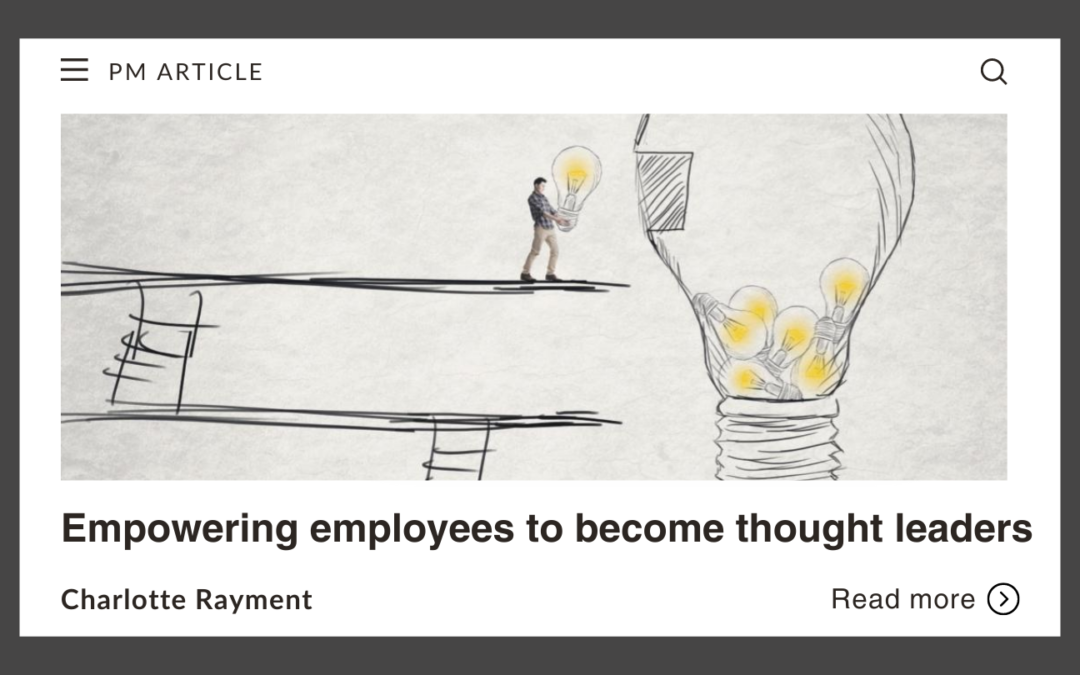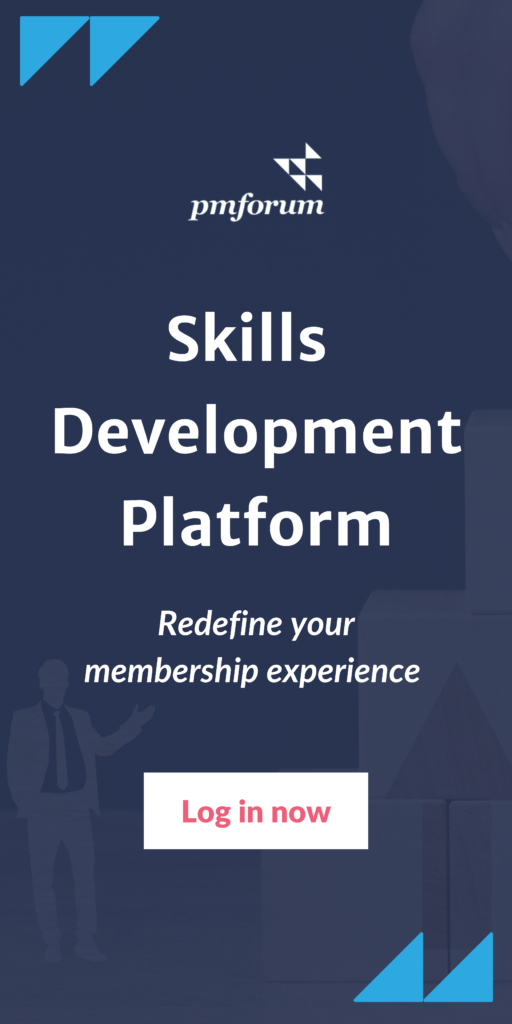Charlotte Rayment explains how important employee advocacy is to raising brand awareness.
Employee advocacy is about so much more than just asking your employees to share firm content. It’s about creating a credible brand, sharing firm culture, and encouraging staff to become thought leaders within their areas of expertise. Yes, this can then lead to more referrals and opportunities, but it’s about more than just sales – it’s about empowering your people to want to represent your organisation online.
At Stephens Scown, we encourage and train our legal advisors to develop their professional profiles and engage with content online, particularly on LinkedIn.
We know that LinkedIn is more than a jobs board – it’s an important networking and business development tool, and a platform for thought leadership that has exploded in growth since the start of the pandemic. It’s the social media platform for professionals to grow their personal brands, nurture their connections and networks, and show value within their industry.
Corporate pages also typically have less engagement and less overall followers than engaged, personal LinkedIn profiles – so getting people on board and nurturing them to become ‘employee influencers’ is a key strategy for raising brand awareness.
Creating an employee advocacy programme that works for you
Every organisation is different – and every employee has a different level of understanding and confidence when it comes to using social media. Each employee advocacy programme is therefore going to look slightly different, depending on your culture and the level of knowledge that you’re starting with.
Being an employee-owned firm means that at Stephens Scown, we’ve already got a culture of togetherness. We each play a valuable part in the growth and success of the business, sharing the same overarching goal – to become a Top 100 law firm. And we’re lucky that many of our colleagues see the benefits in using LinkedIn.
We’re still on the journey of increasing advocates – taking people from knowing nothing about social media to creating their own vox pops – but having demonstrated the benefits, we have support and buy-in from the top down. Our challenge is to challenge them; to help them step out of their comfort zones, break down their limiting beliefs, and have the confidence to post and engage with content online.
Our legal advisors are supported to shape and direct their own careers and specialisms – this fits in nicely with our employee advocacy programme, which encourages them to develop their own personalities and voices on LinkedIn.
We don’t tell our advisors what to say on LinkedIn or ghost-write content for their profiles – we offer the training and support needed to help them to feel confident using it themselves, sharing best practice tips and practical ways to engage online.
Our ‘LinkedIn Champions’ are a group of social media savvy people from across the firm. We send them regular updates, including links to firm content that we’ve shared on our website and corporate LinkedIn page. They then share that content on their social media profiles and encourage their team members to do the same.
In addition to liking and sharing our posts, employees are also encouraged to share their own content and commentary, building their own professional brand.
Everyone starts at a different level, and that’s okay
One of the challenges that we’ve found with training people to use LinkedIn is that there is a wide range of experience (and confidence levels) to account for.
Some people don’t use social media at all – they’re not on Facebook, Instagram, or Twitter, let alone on LinkedIn. It’s a big learning curve for them and completely new territory to navigate. Other people have used social media platforms but are new to LinkedIn and can’t quite get their head around the interface. Those groups need more nurturing – training them from the very first steps. How to set up a profile. How to navigate the different areas. How to post comments and connect with people.
Then there are those who know how to use social media – including LinkedIn – but are worried about what to post. They’re okay with re-sharing firm content (which you could call ‘safe’ content, already vetted by the marketing team). But when it comes to creating their own posts or commenting on other people’s posts, they’re concerned about what is considered professional, how their commentary or post might reflect on the firm, and how it will appear to clients or contacts within their network.
On the other end of the scale, you then have the LinkedIn stars – the people who are confident with how to use the platform and are into the groove of posting and commenting. The digital role models within the firm. These people are looking to level up – they want to know how to improve their content, how to produce videos and infographics, and how they can assess and measure their engagement rates.
Understanding what level everyone is at and what they are comfortable with – then tailoring the training with those differences in mind – is key to a successful employee advocacy programme. It’s about empowering them to feel at home with the platform, giving them the appropriate tools to progress and grow their digital skills.
Demonstrating the value of employee advocacy
Having buy-in is another essential element to running a successful employee advocacy programme – if your people don’t see the benefit in it, they aren’t going to want to engage with it.
Alongside our training sessions, we produce various internal articles, covering different areas of LinkedIn and digital marketing. This helps to reach each of those groups and is a way for us to share internal success stories, showing the value of employee advocacy and thought leadership to those that are still on the fence.
One of the ways that we demonstrate the value of using LinkedIn – for those few that still don’t see the benefit – is by showing them the return on investment (ROI).
We look at the high performing article posts on our corporate LinkedIn page – the ones that have the most likes and shares – and compare that to the engagement rates on our website. We’ve found a direct correlation between highly shared posts and articles, and higher rates of website enquiries. Sharing those statistics helps to demonstrate the ROI of employee advocacy and encourages online engagement.
We also share the individual success stories of our LinkedIn stars. For example, one of our legal advisors has been producing weekly videos on LinkedIn, linking back to her articles on the website. Those videos have been liked and shared (increasing her visibility across other people’s feeds) and she’s received direct messages from potential clients. Others have started conversations in comments, then reached out to people with a message, and have landed new work through those connections.
By engaging with the platform in an authentic way and providing value for their connections, these individuals not only nurture their own personal brand, but they increase the visibility of the firm. For the last few quarters, Stephens Scown has ranked consistently in the Top 10 for the UK & Ireland’s ‘Most Active Law & Legal Professionals on Social’ list by DSMN8, an independent ranking organisation. This is directly due to the engagement rates of our employees on the platform. It has put us on the digital marketing map, and we are now in direct competition with some of the biggest law firms in the country.
This brand awareness and external success is invaluable for the firm and for showing the ROI to our internal stakeholders. And this success is all down to our employee advocacy programme. This makes empowering employees and supporting them to become thought leaders on LinkedIn an absolute no-brainer.
Members only: if you want to add this reading to your CPD, please log in and complete the evaluation
Log in



